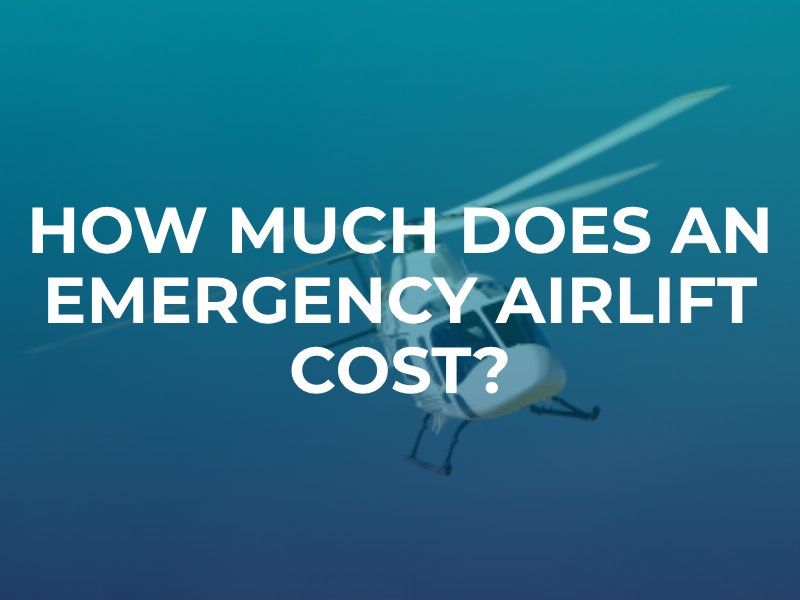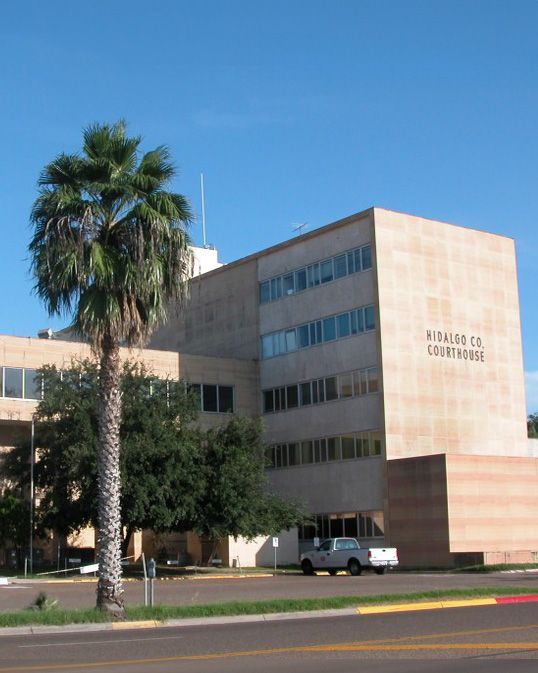Who Pays for Emergency Airlift Costs?
LAW BLOG •
Health care costs in the United States are notoriously expensive, and some of the most exorbitant health care costs today result from airlift rides. If you or a loved one ever requires air rescue after an injury, airlift fees will likely be one of the most expensive items in your medical bills. Many Americans are not aware of how their personal insurance coverage applies to airlift costs, and in a life-or-death situation it may be impossible to ask the victim’s permission to evacuate by airlift. It’s possible to wake up after a catastrophic accident only to discover an enormous medical bill for an airlift ride. Everyone should understand how insurance coverage can affect airlift costs and what to expect after an accident requiring airlift rescue.

What Is an Airlift?
When an individual suffers extreme wounds but is very far from the nearest emergency room or in a remote location, an air vehicle will retrieve the victim and take him or her to the nearest medical center. Some patients requiring specialist care may need to travel with medical equipment, and airlift vehicles help transport them to medical centers all over the world. Helicopters are useful for retrieving victims from remote locations and dense urban areas where planes cannot land. Airplanes help with longer-distance medical evacuations or for transporting a patient in critical condition to a specific treatment center.
Airlift costs can run thousands of dollars for a short flight, and as much as $25,000 in some cases.
A private health insurance policy may or may not contain air ambulance or airlift coverage. Some insurance carriers will cover a small portion of the fee while others will charge higher premiums for policies that include air ambulance coverage. However, if a policy only covers a few hundred dollars it will cover only a tiny fraction of the total bill for a single ride.
Airlift Insurance and Private Services
If you believe you may need air ambulance coverage or want to purchase additional coverage, remember that more extensive coverage will lead to higher premium payments. An insurance policy may also dictate terms for “medical necessity.” A physician may determine that a patient needs immediate, life-saving care from a certain specialist or treatment center that specializes in a procedure. If a physician deems an airlift a matter of medical necessity, insurance may cover it.
Some individuals may purchase airlift services from private air ambulance companies for non-emergencies, and these companies typically use an insurance coordination service. For example, an individual who suffered a severe injury while on vacation may require long-term hospitalization but is no longer in critical condition. He or she may pay for private air ambulance travel in an aircraft equipped with the necessary medical equipment. The cost and coverage that can apply to these services generally hinges on whether your insurance carrier coordinates with the service provider.
Liability for Airlift Costs
Many medical emergencies necessitate airlift evacuation for critically injured victims, and when these incidents happen due to negligence, those victims should know their options for legal recourse. Airlift fees are just one of several possible medical bills after catastrophic accidents , and victims of negligence can pursue civil claims against the parties who cause those accidents.
In a personal injury claim, the plaintiff can pursue compensation for any medical expenses resulting from the defendant’s negligent behavior. For example, a drunk driver causes a severe accident in a remote location and one of the drivers involved requires airlift evacuation due to excessive bleeding. If the victim later pursued a civil claim against the drunk driver at fault for the crash, the plaintiff could secure compensation for hospital bills, long-term care costs, physical therapy, and emergency transportation costs from the defendant.
The post Who Pays for Emergency Airlift Costs? appeared first on GES Injury Attorneys.
Every state limits the amount of time you have to file a claim.
Don't Delay.
Contact the Attorneys at Gordon & Elias, LLP Today to preserve your right to a recovery.
Contact Us
We will get back to you as soon as possible.
Please try again later.
100% FREE CASE EVALUATION
Free Consultation • No Fee If No Recovery



